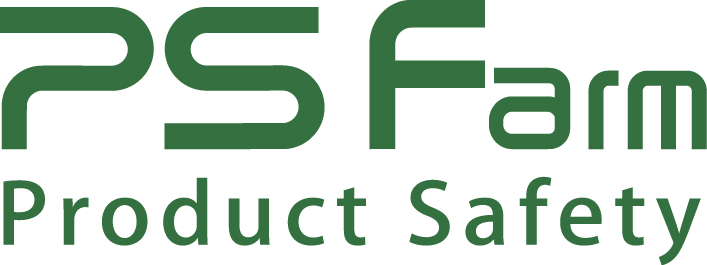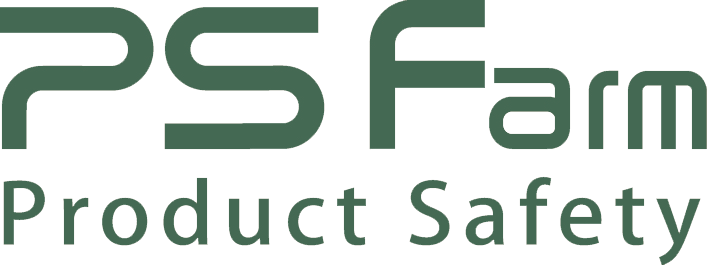インド BISマーク 二次電池規格改定改訂に関するガイドライン
インドBIS認証の二次電池改訂規格の実施に関するガイドラインが発表されました。旧規格(IS 16046:2015/ IEC 62133: 2012)で評価された製品の認証は2020年3月14日に失効することになります。今回、オプションA(差分評価)とオプションB(新規評価)の対応が用意されました。
(通知原文)
Central Marks Department-III
Ref: CMD-III/16: IS 16046 11 March 2019
Subject: Guidelines for Implementation of Revised Standards IS 16046 (Part 1): 2018/IEC 62133-1: 2017 and IS 16046 (Part 2): 2018/ IEC 62133-2: 2017 superseding IS 16046:2015/ IEC 62133: 2012 – Secondary cells and batteries containing alkaline or other non-acid electrolytes.
1. IS 16046:2015/IEC 62133: 2012 has been revised and published in the following two parts:
i. IS 16046 (Part 1): 2018/ IEC 62133-1: 2017 – ‘Secondary Cells and Batteries
Containing Alkaline or Other Non-Acid Electrolytes — Safety Requirements for Portable Sealed Secondary Cells and for Batteries Made from Them for Use in Portable Applications Part 1 Nickel Systems’.
ii. IS 16046 (Part 2): 2018/ IEC 62133-2:2017 – ‘Secondary Cells and Batteries
Containing Alkaline or Other Non-Acid Electrolytes — Safety Requirements for Portable Sealed Secondary Cells and for Batteries Made from Them for Use in Portable Applications Part 2 Lithium Systems’.
2. The last date for implementation of the revised Standards is 14 March 2020 after which the old Standard IS 16046:2015/IEC 62133: 2012 shall stand withdrawn.
3. The significant changes in the revised Standards as listed below is given for the purpose of general guidance. Licensees/ Applicants shall ensure that the product conforms to all the requirements, as applicable, as per the revised Standard.
IS 16046 (Part 1): 2018/ IEC 62133-1: 2017
separation of lithium systems into a separate part (i.e. Part 2)
inclusion of button cell requirements.
IS 16046 (Part 2): 2018/ IEC 62133-2: 2017
separation of nickel systems into a separate part (i.e. Part 1)
inclusion of coin cell requirements
update of assembly of cells into batteries (5.6)
mechanical tests (vibration – 7.3.8.1, shock – 7.3.8.2)
4. Considering the above changes, the additional/modified tests that are to be conducted for changeover for the existing registered manufacturers are tabulated below.
| For Nickel Systems (IS 16046 (Part 1): 2018/ IEC 62133-1: 2017) | |
| Clause | Inspection/ Test |
| 5.2 Insulation and wiring | Mechanical integrity of internal connections to be checked where connections are through soldering |
| 5.6 Assembly of cells into batteries | Batteries shall be inspected for the following: The battery shall have some type of safety device or feature for charging. Batteries that are designed for the selective discharge of a portion of their series connected cells shall have circuitry incorporated to prevent operation of cells outside the limits specified by the cell manufacturer. |
| 7.2.4 Temperature cycling | Modification in test procedure w.r.t. transition time from step 4 to step 1 for repeat test under step 5 |
| 7.3.5 Thermal abuse (Cells) | Modification in test procedure |
| 7.3.6 Crush (Cells) | Modification in test procedure w.r.t. the force applied |
| 8.2, 9.3 Small cell and battery safety information |
Small cell and battery packages to be inspected for caution information |
| 10 Packaging | Packaging for button cells shall not be small enough to fit within the limits of the ingestion gauge of Figure 2 of IS 16046 (Part 1): 2018 |
| For Lithium Systems (IS 16046 (Part 2): 2018/ IEC 62133-2: 2017) | |
| Clause | Test |
| 5.2 Insulation and wiring | Mechanical integrity of internal connections to be checked where connections are through soldering |
| 5.6.1 Assembly of cells into batteries | Batteries shall be inspected for the following: If there is more than one battery housed in a single battery case, each battery should have protective circuitry that can maintain the cells within their operating regions. Batteries that are designed for the selective discharge of a portion of their series connected cells shall have circuitry incorporated to prevent operation of cells outside the limits specified by the cell manufacturer. Protective circuit components should be added as appropriate and consideration given to the enddevice application. The manufacturer of the battery should provide a safety analysis of the battery safety circuitry with a test report including a fault analysis of the protection circuit under both charging and discharging conditions confirming the compliance. |
| 5.6.2 Design recommendation | Design recommendations updated |
| 7.3.1 External short-circuit (cell) | Modification in test procedure |
| 7.3.2 External short-circuit (battery) | Modification in test procedure |
| 7.3.4 Thermal abuse (cells) | Modification in test procedure |
| 7.3.5 Crush (cells) | Modification in test procedure |
| 7.3.6 Over-charging of battery | Modification in test procedure |
| 7.3.7 Forced discharge (cells) | Modification in test procedure |
| 7.3.8 Mechanical Tests | New Tests added |
| 8.2, 9.3 Small cell and battery safety information | Small cell and battery packages to be inspected for caution information |
| 10 Packaging | Packaging for button cells shall not be small enough to fit within the limits of the ingestion gauge of Figure 2 of IS 16046 (Part 2): 2018 |
5. The guidelines for implementation of the revised Standards is given below:
(i) Applications for Grant of Licence (GoL)/ requests for Change in Scope of Licence (CSoL) already submitted in BIS shall be processed as per old version. Fresh applications for GoL/ CSoL as per old version shall be accepted only up to 14 Feb 2020.
(ii) For GoL / CSoL Applications processed as per old version, manufacturer shall switchover to new version on or before 14 March 2020 failing which such Application(s) for GoL/CSoL shall be processed for closure/rejection as per norms. Beyond 14 march 2020, no Registration shall be granted as per old version.
(iii) Fresh Applications for GoL may also be submitted as per new version.
6. Procedure for switchover
(iv) Existing manufacturers can follow either Option A or Option B given below:
Option A
(v) Existing manufacturers having Registrations as per IS 16046: 2015 shall apply for a new Registration No. through the portal as per the applicable Indian Standard (IS 16046: Part 1: 2018 for Ni systems/ IS 16046: Part 2: 2018 for Li systems as the case may be) by paying the Application fee and the Annual Licence fee. In case both Ni systems and Li systems are presently covered in the scope, two separate Applications shall be made.
(vi) The new Applications mentioned above shall be accompanied by the minimum documents (Form-I, Undertaking, Letter of nomination of Authorized Indian Representative) and supplementary Test Report(s) for changeover for all the base models covered in the Scope of Registration. The Test Report(s) shall be from any BIS approved lab for the additional/modified requirements as per the applicable revised Standard. Copy of corresponding Test Report (as per IS 16046: 2015) and GoR/ Inclusion letter issued earlier shall also be submitted. The Scope of the Licence so granted shall reflect the models for which changeover is processed with the relevant IS No. and a new Registration No. The validity of this new Registration shall be the same as the validity of the parent Licence as per IS 16046: 2015. All subsequent changeover requests shall be submitted under the new Registration No. only.
(vii) Fresh CSoL requests as per IS 16046: Part 1: 2018 or IS 16046: Part 2: 2018, if any, shall be submitted under the new Registration so granted along with all applicable fees. CSoL requests as per IS 16046: 2015 shall be processed under the parent Registration for IS 16046: 2015. However such requests shall be accepted only until 14 Feb 2020.
Option B
(viii) In case any manufacturer does not wish to go for a changeover, he may apply for a new Registration directly as per the applicable Indian Standard along with complete test reports, full documentation and all applicable fees. In such case, there shall be no linking of validity or Scope of Licence with the old Registration.
7. Registrations as per IS 16046: 2015 may be processed for cancellation after 14 March 2020.
8. Renewal of Licence for switchover cases as per Option A
For Registrations with validity on or before 14 March 2020: Manufacturer shall make a renewal application with all applicable fees under the old Registration No only (i.e. the one held for IS 16046: 2015). On renewal, the validity of the parent Registration shall be reflected in the new Registration No(s) also (i.e. the ones held for IS 16046: Part 1: 2018 or IS 16046: Part 2: 2018).
For Registrations with validity after 14 March 2020: Manufacturer shall make a renewal application with all applicable fees under the new Registration No(s) (i.e. the ones held for IS 16046: Part 1: 2018 or IS 16046: Part 2: 2018).
9. All Registered Manufacturers and Applicants shall take timely actions for switchover
as per the above guidelines.
10. This issues with the approval of Competent Authority.


